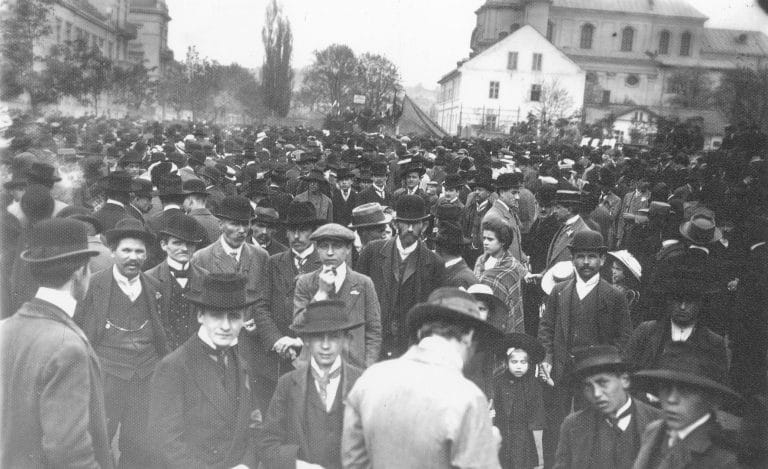Commemoration
Historical studies of commemoration, an omnipresent and culturally remarkable feature of past and present societies, is among the most interesting focuses of contemporary researchers. It is closely connected to history since commemoration is a symbolically significant element in various cultures. It has a form of ceremonial honoring and remembering past events or people and their experiences. Commemorating the past is intertwined with many other aspects of society, politics, and culture. It is based on historical understandings of specific periods, depends on religious traditions or political ideologies, and often aims at making group identities. In East-Central Europe, the commemoration was also a field of conflict and contestation. Educational Platform offers researchers materials that can help to understand what, how, and why people in the region used to commemorate. We focus on specific topics of memory, propaganda, the issues of political historicism, and ideological cults. Our materials aim to provide the content of commemoration practices and the processes of remembering.
Primary Sources







